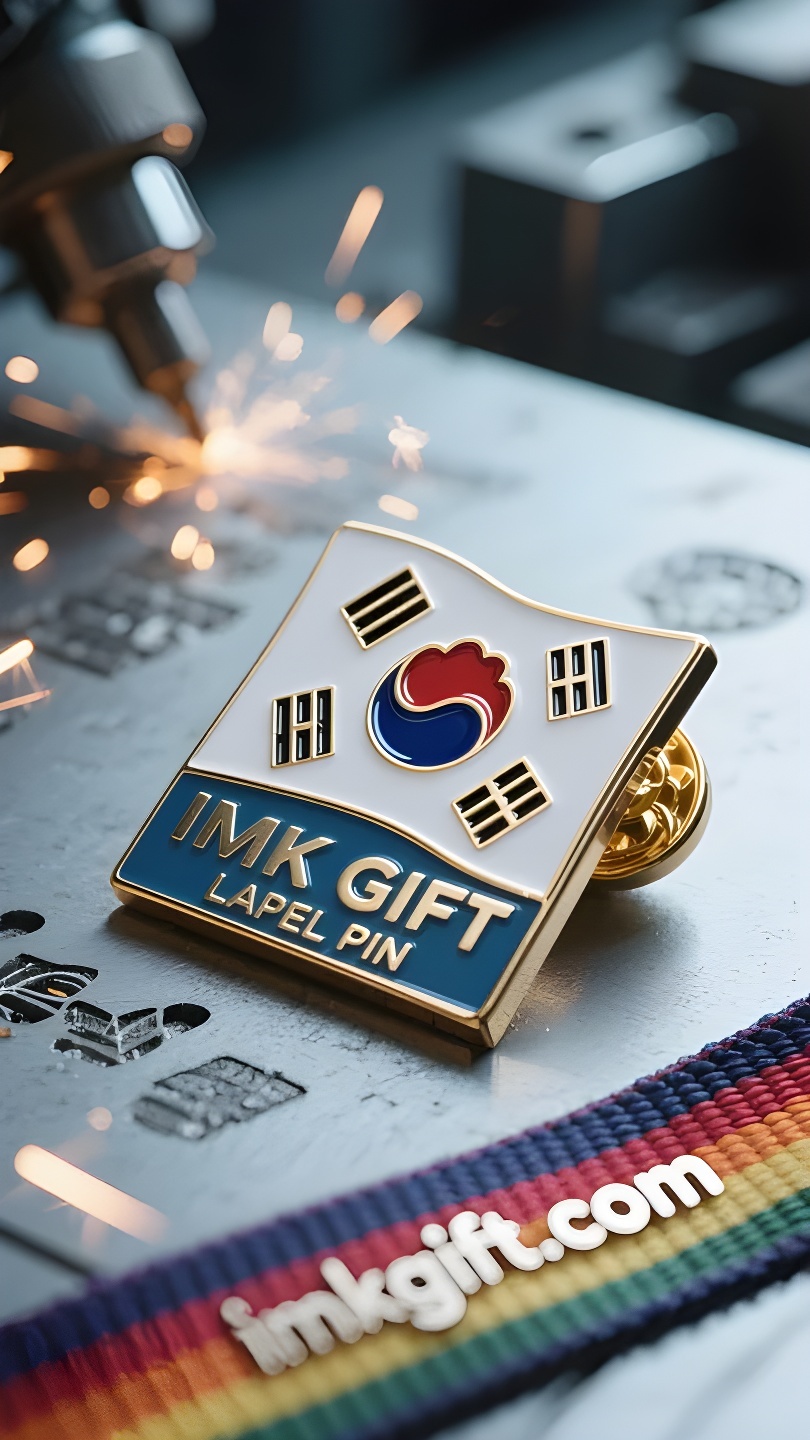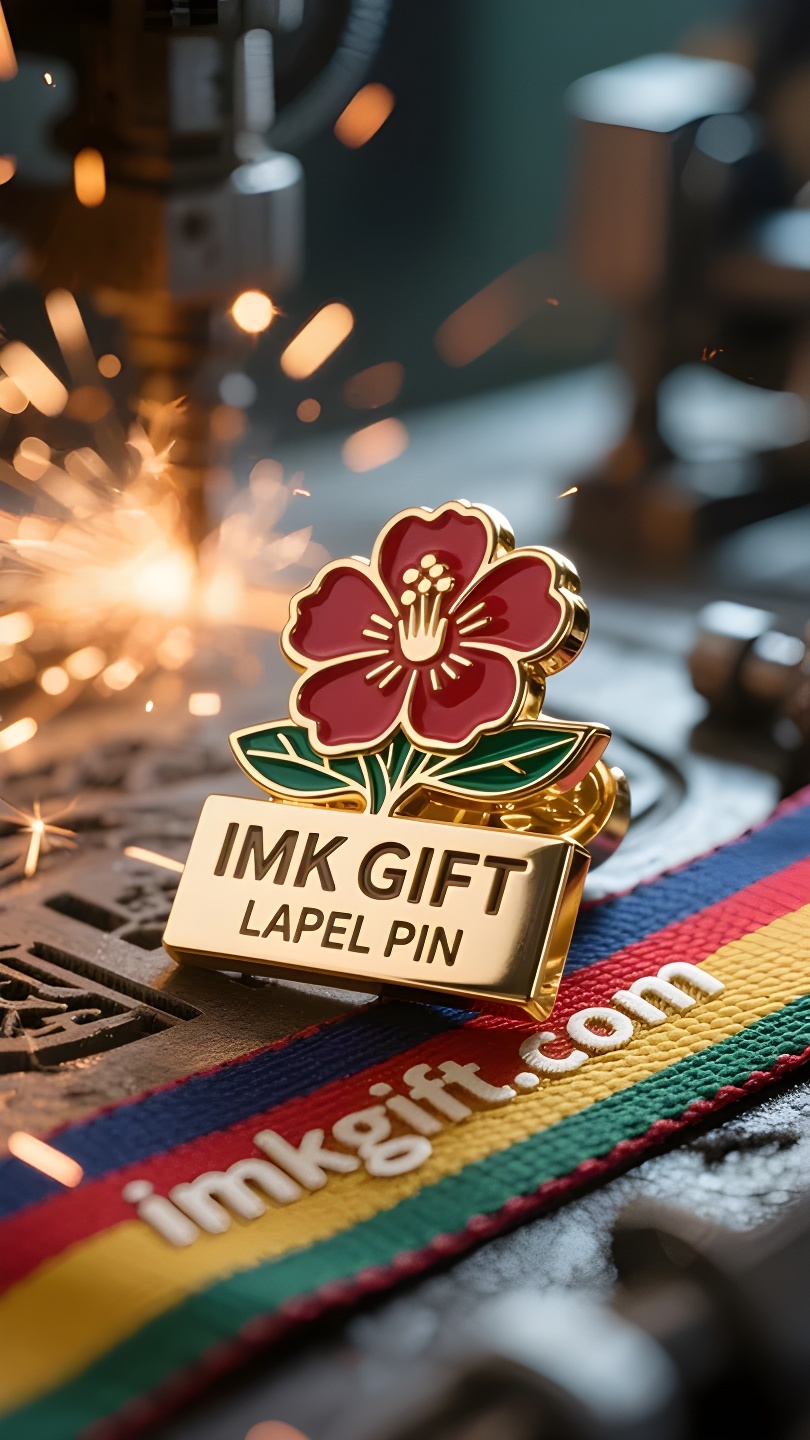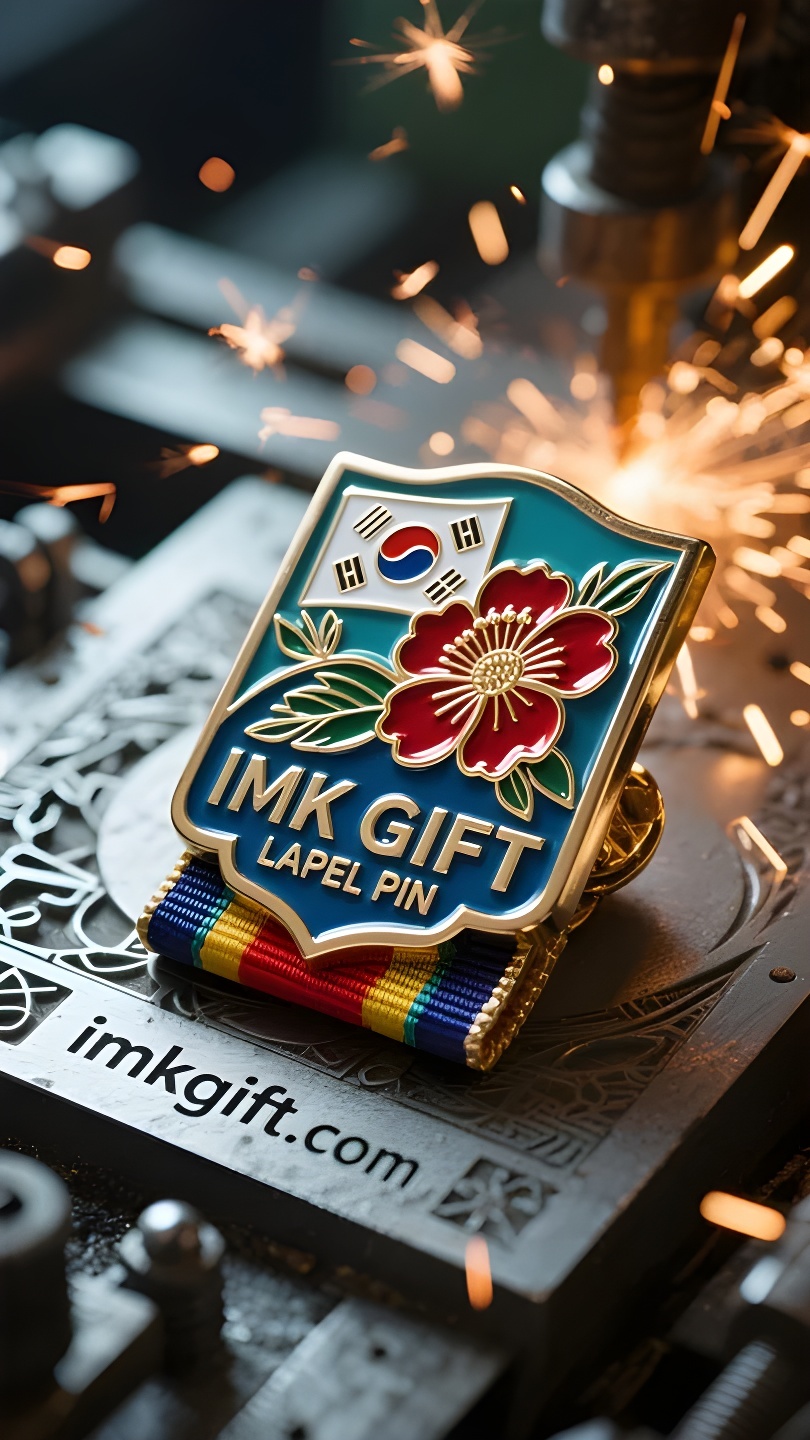in988-히비스커스-언비튼-국민의-영혼이-영원히-꽃피우다
▼
8월이면 한국 거리와 골목길에 태극기와 목화꽃 문양이 함께 나부끼며, 이는 광복절로부터 100년 후의 국가적 서사시를 상징합니다. 태극기 중앙의 음양 문양은 ‘다양성 속의 조화’라는 동양의 지혜를 구현하고 있습니다. 그리고 국가 상징에 핀 목화꽃은 꽃잎이 일곱 개인 다섯 개의 별 모양을 떠받치고 있으며, 고통을 완화시켜 영원히 꽃피우는 문명의 규범을 상징합니다. ‘무한의 꽃’이라는 뜻의 히비스커스라는 이름에는 한국인의 가장 깊은 삶의 철학이 담겨 있습니다. 꽃 한 송이가 아침에 피고 저녁에 시들지만, 나무 한 그루가 피어 있는 기간은 백일 이상 지속될 수 있습니다. 마치 식민지의 아픔과 전쟁의 상처를 겪었지만 대대로 물려받은 회복력으로 항상 새롭게 태어난 한국과 같습니다. 국가 상징의 디자인에서 각 꽃잎의 가장자리에 있는 톱니 모양의 패턴은 의도적으로 그대로 유지되었는데, 이는 역사의 상처가 결국 문명을 보호하는 힘이 된다는 것을 의미합니다. 꽃의 중앙에서 오각별이 솟아오르는 모습은 하늘, 땅, 사람의 조화로운 공존을 상징할 뿐만 아니라, 현대화 과정에서 전통적인 정신적 핵심이 깨어나는 것을 나타냅니다. 오늘 서울 청계천변에서 태극기의 주름을 어루만지는 백발의 노인의 눈물과, 목화 배지를 닦는 젊은이의 손끝의 따스함이 시간과 공간을 초월하는 영적인 릴레이를 완성하고 있습니다. 국민의 혈통에 깊이 뿌리내린 이 생명력은 마치 바위를 뚫고 들어오는 목화뿌리와 같아서 8,000마일이나 되는 아름다운 풍경을 영원히 봄으로 가득 채웁니다.
In August, the Taegeukgi and hibiscus emblems flying in the streets of South Korea tell the epic story of the nation behind Liberation Day that spans a century. The yin-yang pattern in the center of the Taegeukgi embodies the oriental wisdom of “harmony in diversity”; and the hibiscus flower on the national emblem, with seven petals holding up the five-pointed star, tempers suffering into the code of civilization that blooms forever. The name of the hibiscus flower, “the infinite flower”, carries the deepest philosophy of life of the Korean nation. Even if a single flower blooms in the morning and withers in the evening, the full tree can bloom for more than a hundred days, just like South Korea, which has experienced colonial pain and war scars, has always been reborn with the resilience passed down from generation to generation. In the design of the national emblem, the jagged lines deliberately retained on the edge of each petal imply that historical scars will eventually settle into the power to protect civilization. When the five-pointed star rises from the center of the flower, it not only symbolizes the harmonious coexistence of heaven, earth and man, but also indicates the awakening of the traditional spiritual core in the process of modernization. Today, on the banks of Cheonggyecheon in Seoul, the tears in the eyes of a white-haired old man as he strokes the folds of the Taegeukgi flag, and the warmth of the fingertips of a young man as he wipes the hibiscus badge, are completing a spiritual relay across time and space. This vitality deeply rooted in the blood of the nation is like the persistence of the hibiscus roots penetrating the rocks, making the 8,000-mile splendid mountains and rivers forever green with spring.
八月的韩国,街头巷尾飘扬的太极旗与木槿花徽章,共同诉说着光复节背后跨越百年的民族史诗。太极旗中央的阴阳纹样,凝聚着”和而不同”的东方智慧;而国徽上盛放的木槿花,则以七重花瓣托起五角星辰,将苦难淬炼成永恒绽放的文明密码。
木槿花的”无穷花”之名,承载着韩民族最深层的生命哲学。即便单朵朝开暮落,但满树花期可逾百日,正如历经殖民伤痛、战争疮痍的韩国,始终以代代相传的韧性重获新生。国徽设计中,每片花瓣边缘特意保留的锯齿状纹路,暗喻历史伤痕终将沉淀为守护文明的力量。当五角星从花心升起,既象征着天地人的和谐共生,更昭示着在现代化进程中坚守传统精神内核的觉醒。
如今首尔清溪川畔,白发老者轻抚太极旗褶皱时眼角的泪光,与少年擦拭木槿徽章时指尖的温度,正在完成一场跨越时空的精神接力。这种深植于民族血脉的生生之力,恰似木槿根系穿透岩石的执着,让八千里的锦绣江山,永驻春色。
▼
Contact Us
📞 Tel: +0086-760-85286839
📧 Email: sales3@imkgift.com








